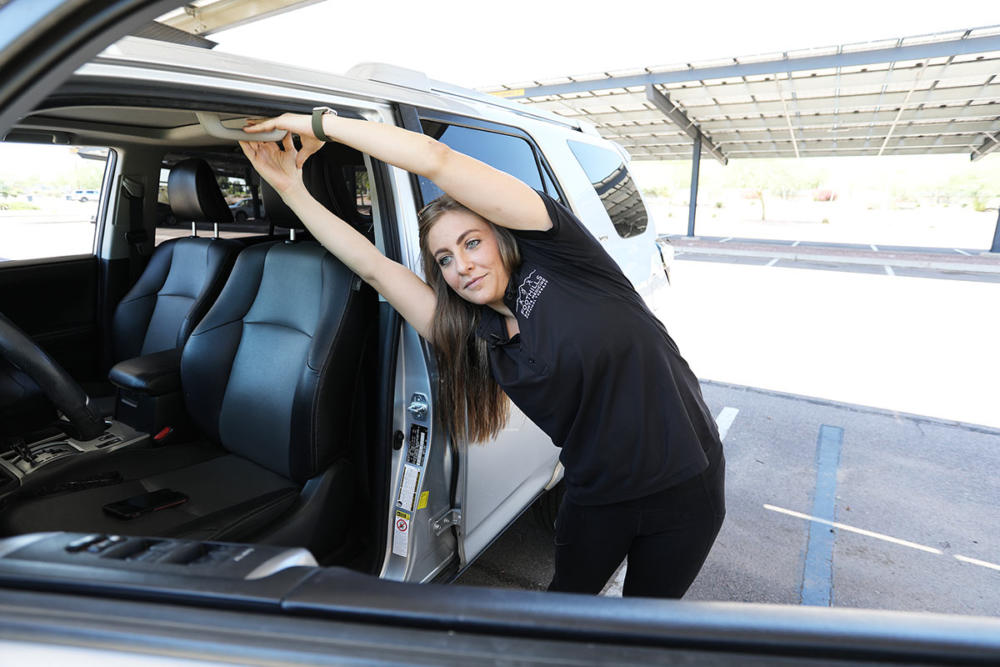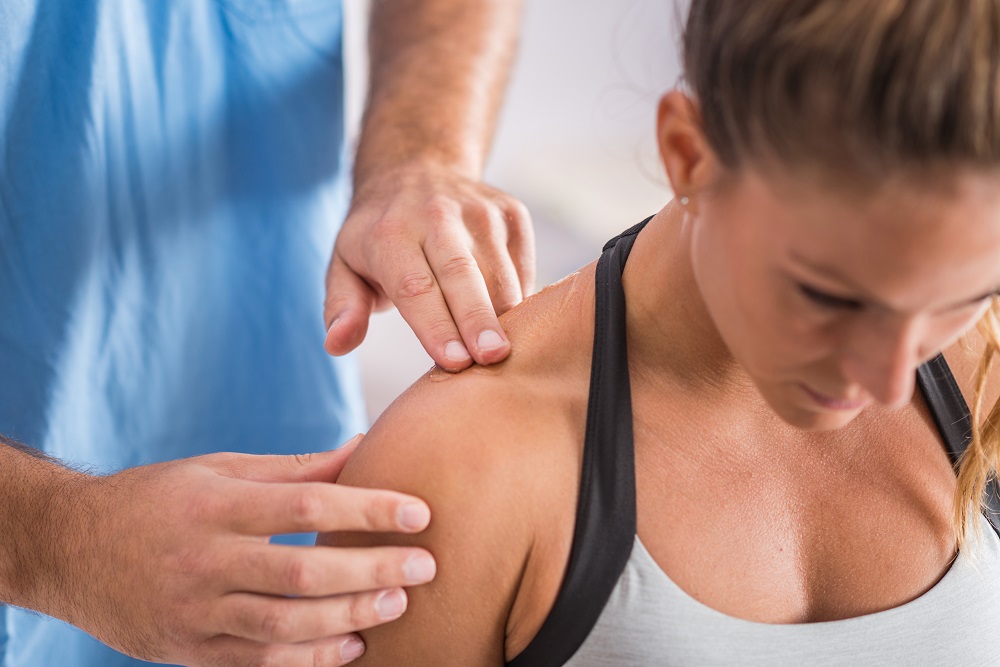So named for its prevalence on the football field, turf toe is an injury just as common in a ballet studio, on the soccer pitch, or the wrestling mat. No matter the sport, this common sprain can leave athletes sidelined for a month or more, often in need of physical therapy in Arizona. Turf toe occurs when something or someone falls on the back of a person’s calf while the leg’s knee and toe tips are touching the ground. This causes an overextension of the big toe and a spraining of the ligaments that connect the foot (metatarsal) and the first bone of the toe (phalanx). Injuring the metatarsophalangeal joint (MTP) often occurs suddenly, sometimes with a popping sensation in the ball of the foot. The most common symptoms include pain, swelling, and limited MTP joint movement. These symptoms will develop slowly and gradually worsen over time if caused by a repetitive injury. The MTP joint is surrounded by four structures that comprise the “plantar complex.” These include the plantar plate (a thick ligament that runs the bottom length of the foot from heel to toe), collateral ligaments (located on each side of the big toe and connecting the phalanx bone to the metatarsal), the flexor halluces brevis (the tendon running under the first metatarsal bone and attaching to the phalanx), and the sesamoids (two small bones enveloped by the flexor halluces tendon that help with bearing weight on the forefoot).
Doctors and AZ physical therapy experts often grade turf toe injuries based on severity:
- Grade 1: The mildest injury when the plantar complex is only sprained or stretched. Generally leads to minimal swelling with mild local tenderness and no bruising.
- Grade 2: A partial tearing of the plantar complex causing a more moderate injury, swelling, tenderness, and bruising. Toe movement is usually limited and painful.
- Grade 3: The plantar complex is completely torn causing sever tenderness, swelling, and bruising. It is difficult and painful to move the big toe and surgery may be required.
Treatment varies on severity of the injury, though the most basic guidelines for turf toe injury are to follow the mnemonic “RICE.” Rest to allow time to heal, ice the toe in a bucket of ice water for 15-20 minute intervals, compress the big toe in a dressing or strapping, and elevate the foot above the heart to reduce swelling. Additionally, over-the-counter anti-inflammatory medications like ibuprofen can help provide symptom relief. In the event of a grade 3 tearing, surgery may be required. After the immobilization of the MTP joint is over, physical therapy in Arizona may be required to help reestablish range of motion and strength. If pain or injuries persist, be sure to seek AZ physical therapy with the professionals at Foothills Rehab!



